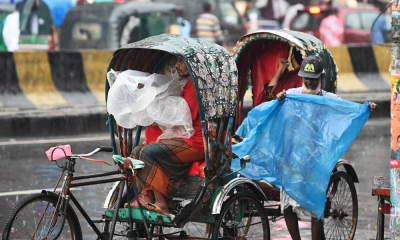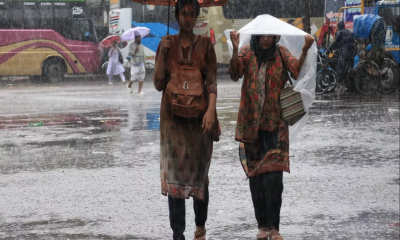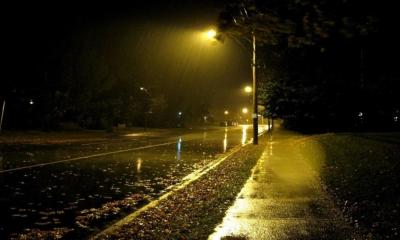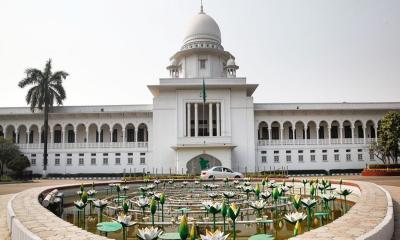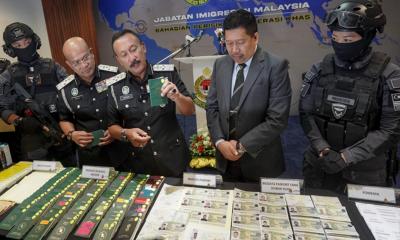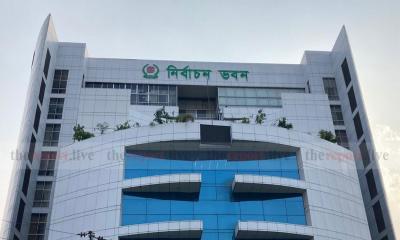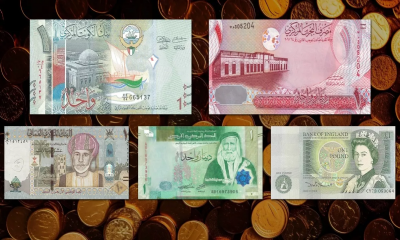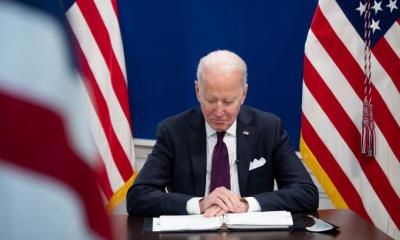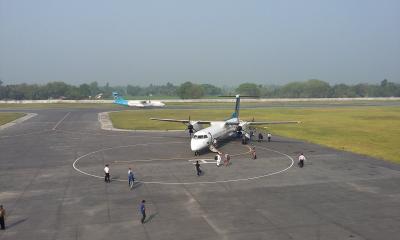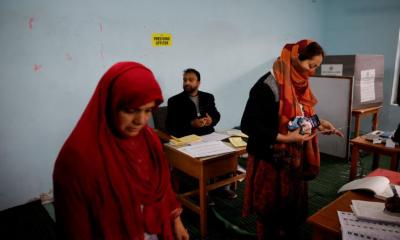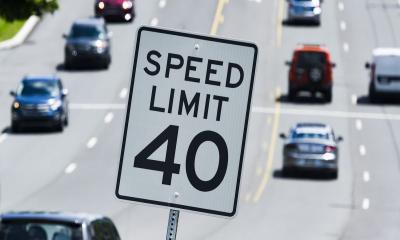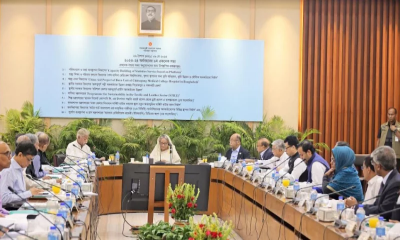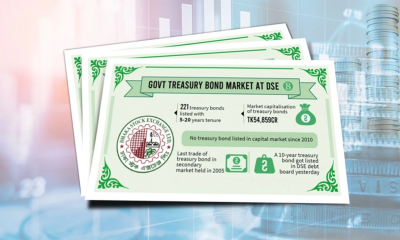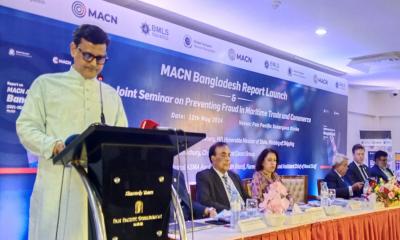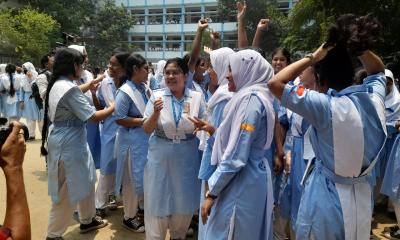Though the production cost of renewable energy, especially the solar power, had substantially dropped in recent years, its share in the country’s power generation saw no jump.
The dismal picture was painted in the documents of the state-owned Bangladesh Power Development Board (BPDB).
According to the papers the country’s grid-connected renewable energy’s in the total power generation still persists below one per cent.
Only recently it went up to 0.36 per cent per unit in the FY2021-22 from a level of 0.9 per cent per unit in FY2019-20, revealed the documents recently placed during the public hearing of the Bangladesh Energy Regulatory Commission (BERC).
The official documents also manifested that the government continued its focus on the promotion of fossil fuel, especially for costly power generation from rental and quick rental power plants to offset its rising annual financial loss.
The BPDB, meanwhile, proposed to raise the per unit electricity tariff by 65.56 per cent from the existing rate of Tk 5.17 arguing that it faces a loss of Tk 30,251 crore in revenue unless the sails through.
However, a technical evaluation team (TET) of the BERC) recommended a price hike by 57.83 per cent. The commission of the BERC has not yet made its final decision.
The BPDB documents showed the government had to spend an average Tk 43.42 to per unit to generate electricity from Diesel-fired plants, followed by Tk 15.51 per unit from Furnace oil-fired plants, Tk 12.77 from coal-fired power plants, Tk 12.64 per unit from renewable energy (solar) plants, Tk 3.46 from gas-fired power plants and Tk 2.67 per unit from hydro plants and Tk 5.95 from imported power in the fiscal year 2021-22 (upto March).
It generated highest 56.43 per cent electricity from gas-fired plants, 26.49 per cent electricity from furnace-oil fired plants, 5.75 per cent electricity from coal-fired plants, 0.92 per cent electricity from diesel-fired plants, 1.03 per cent electricity from hydro plants, 9.02 per cent electricity from import while only 0.36 per cent electricity from renewable sources.
The most important feature is that the cost of electricity from solar is much lower at Tk 12.68 per unit while power generation cost from diesel is highest at Tk 43.42 per unit and Tk 15.51 per unit from furnace oil-fired plants.
Despite such a huge potential for power generation from renewable energy due to its substantial reduction in cost, the power did not focus on green energy.
The Transparency International Bangladesh (TIB) in a recent study on corruption in the power sector claimed the cost of power generation from renewable sources has dropped by 89 per cent.
It said the country is capable of generating 30,000 MW of electricity from renewable sources while the government set a target to generate 2,800 MW by 2021. The current generation from renewable sources is only 779 MW.
About slow deployment of renewable energy promotion, senior vice president of Bangladesh Sustainable and Renewable Energy Association (BSREA) Munawar Moin said lack of proper policy support with a budget has been the main problem in development of the sector.
At the moment the only possible deployment is “Rooftop Solar” with Net Meter. However, an appropriate financing option with fiscal incentives may play a vital role for rapid deployment by industry owners.
“In addition, a target-specific plan with budget allocation should be adopted for scaling up the renewable energy deployment." he added.
State Minister for Power, Energy and Mineral Resources Nasrul Hamid said the government has set a target to generate 40 per cent of electricity from renewable sources by 2041.
“To achieve the goal the government has taken various steps including net metering and other policy guidelines”, he said in his recent address to a webinar.
He said Bangladesh needs innovative technology alongside the foreign financial and technical support to overcome its main bottleneck of land scarcity in development of the green energy sector.



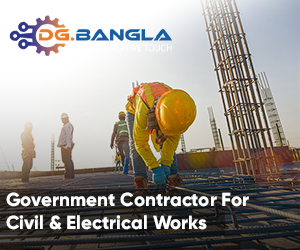
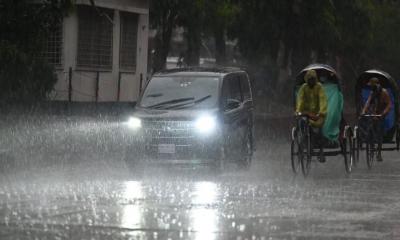
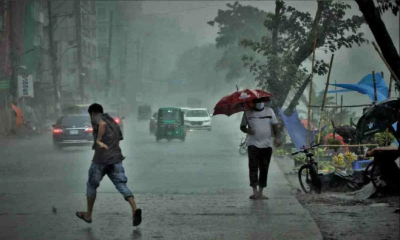
-20240508154917.jpg)
